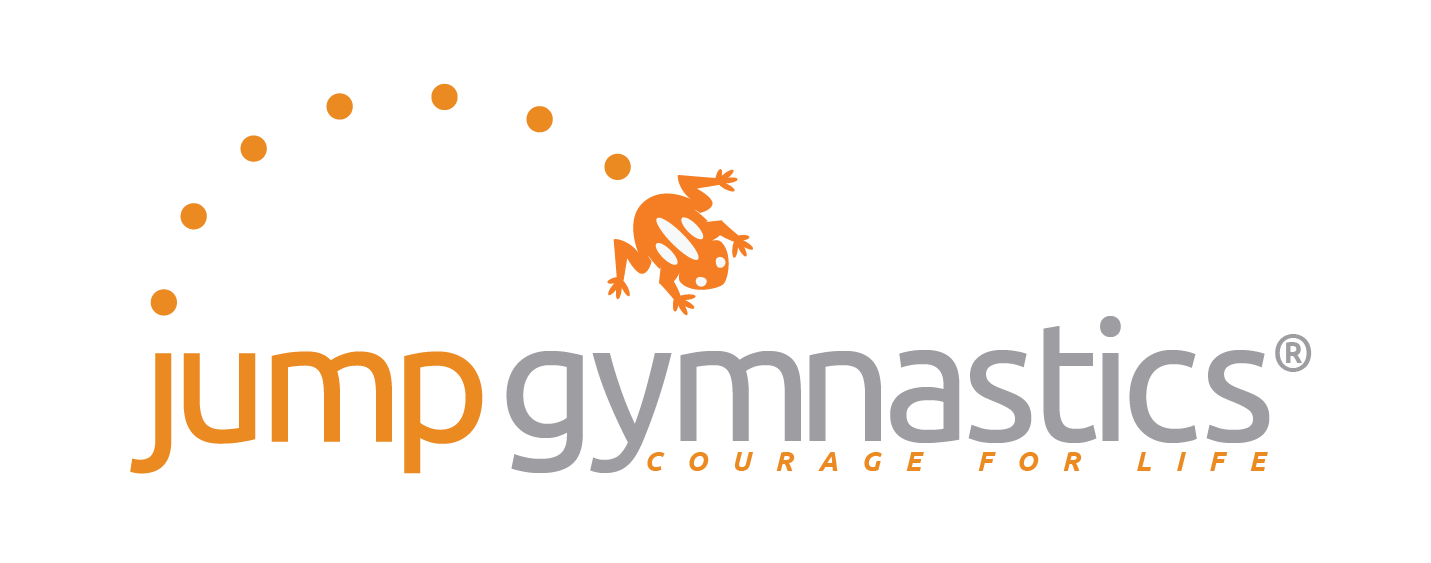Class Routines
What is a class like?
Our class routines are highly predictable to support your child’s learning and development. You can expect a well-rounded experience that emphasizes skill development and fun.
What’s class for babies and one year olds like?
You can expect a well-rounded experience that emphasizes connection and fun. We start with free exploration, head to circle time to connect with our coach and classmates, enjoy exciting activities that support the development of a baby’s strength, coordination, and independence, and end every class with our goodbye circle.
What a class like for two year olds and beyond?
We start every class with free exploration or missions so that your little one (and you!) has the chance to warm up to the space and explore the gym. We get together for circle time to introduce gymnastics skills and discuss the safety rules. We’ll work through activities, circuits, or stations as we explore skill building independently and with the support of the coach. Then we’ll tie it all together with a super fun game and a goodbye circle before we head out of the gym.
Do you imagine your child running around the gym? You are not alone.
65%
Nearly 65% of families say their child was a bit reserved and needed some time to warm up on their first day of class! On the other hand, a quarter of families report that their child blasted into the gym and never left the ball pit. Both experiences are normal, and everything in between is normal too!
It typically takes six to eight weeks for a child to become familiar with the space, the routine, their classmates, and the coaches. We’re here to support your kiddo through the process.
What strategies do coaches use to support kids in our classes?
You can expect to see the following programming strategies that support positive, age-appropriate behaviour in all of our classes:
Increased active movement and decreased sitting or stationary work
A steady and even pace to activities
The use of age appropriate transitions (familiar songs, physical movements and phrases)
The use of repetition and routines
Instructions that are age appropriate to avoid frustration



